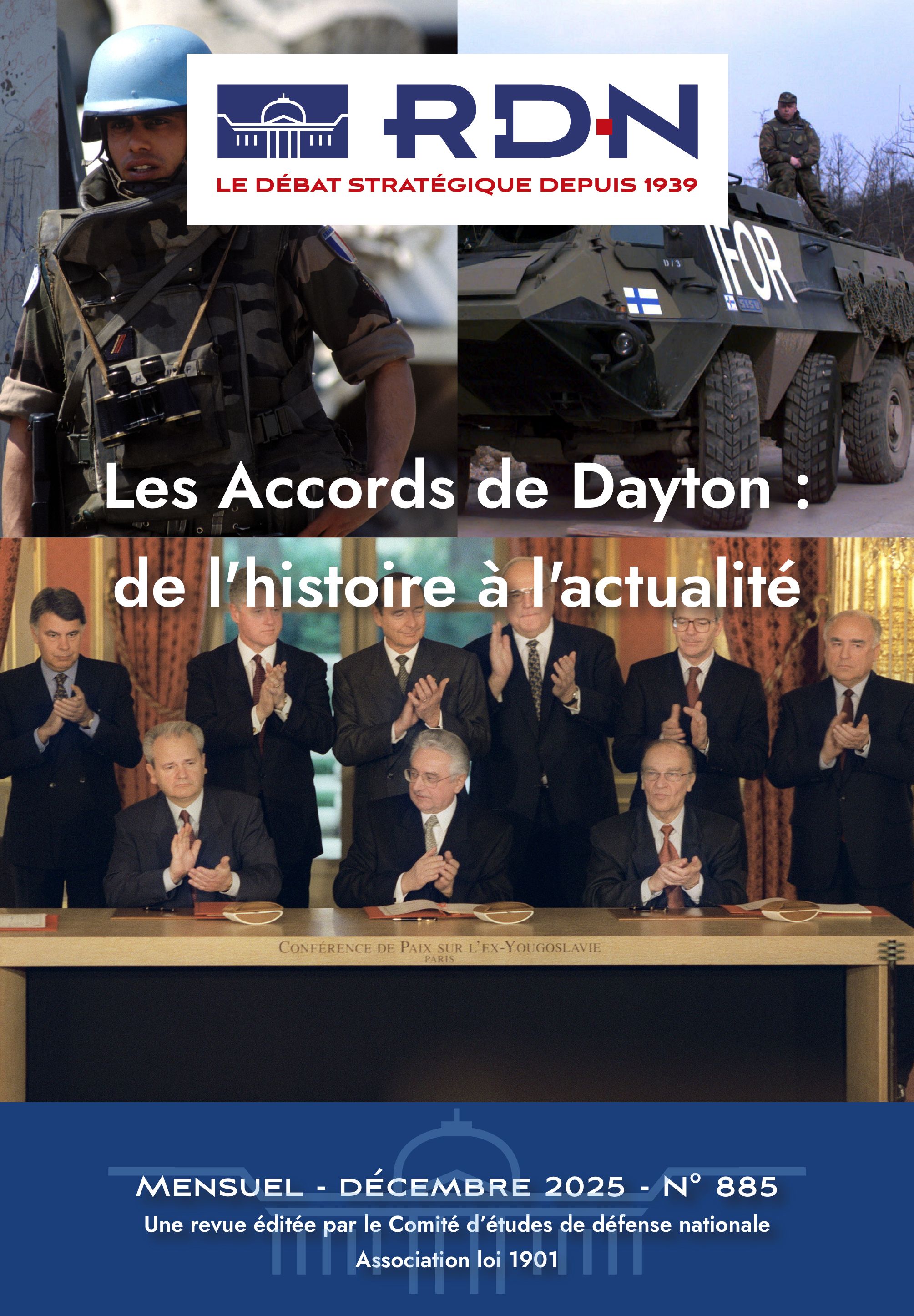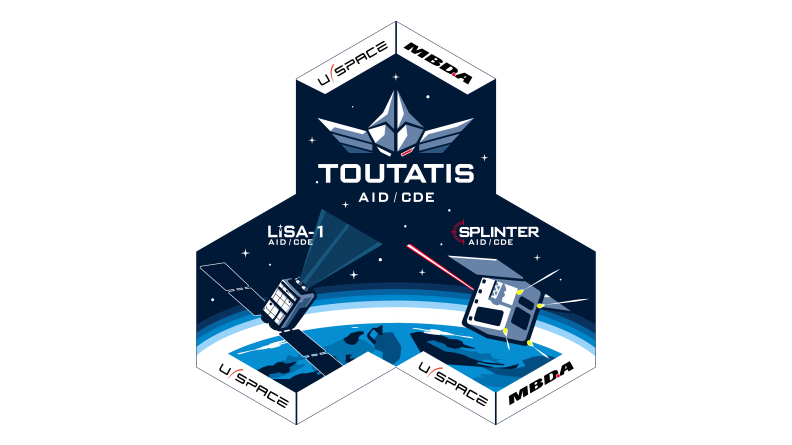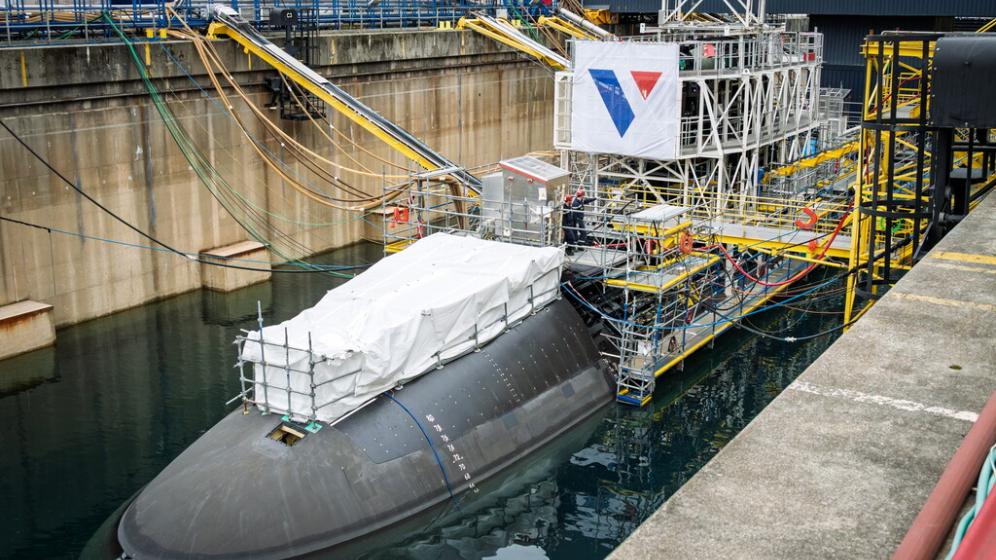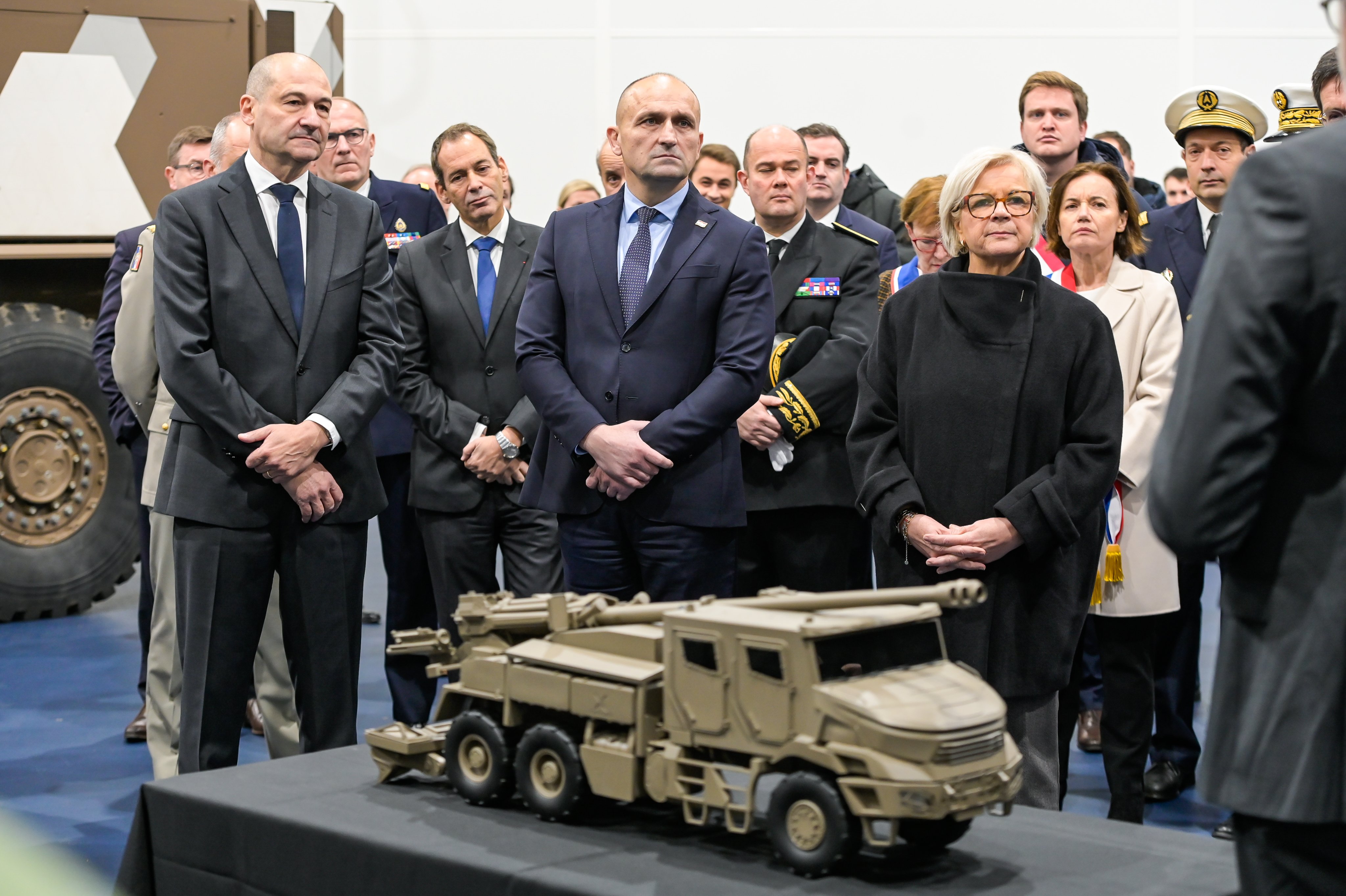Climate change is having direct consequences: natural disasters and security threats. It is a fact that armed forces often have to intervene whilst respecting the new demands of public opinion regarding protection of the environment. NATO has to take this change into account in its mission planning.
Climate Change: Challenge and Opportunity for NATO
Global climatic warming is a natural phenomenon. When greenhouse gases get trapped in the atmosphere the planet warms. Indeed, the phenomenon of the global greenhouse effect is vital to making life on Earth possible. What is not natural, however, is the extent as well as the speed of global warming since industrialisation. In other words, the present level of global climate change is man-made.(1) The effects of climate change are numerous. They include sea-level rise (from the thawing of land-based ice masses); extreme weather events (including drought, increased rainfall and flooding), wildfires, and the spread of pathogens northwards. These changes are now so widespread and severe that many states, international organisations and other actors consider climate change a security threat. This does not mean that all agree on who is threated and should be protected, nor do they agree on what should be done to address the threat. For example, some consider climate action (i.e., measures to bring down carbon footprints) a threat to their carbon-intense/ consuming way of life and/or their business model.(2) Others, in turn, might feel threatened by the lack of concrete climate action.(3) Many other variations on this theme are possible.
In Security Studies, a subfield of the scholarly discipline of International Relations (IR) it is commonplace to consider security from a range of different angles, including national security, human security and military security. Each one of these harbours a different understanding of the referent object of security (that which is to be secured). One can visualise this as each one shining a different coloured lens on the situation, or as paintings of one and the same inert object from many different directions, as did Paul Cézanne with Mont Sainte-Victoire. Each painting would depict the same object, but stress different features. From the point of view of human security, climate change is an issue in so far as it affects individual people and their livelihoods.(4) Scholars tend to focus on the most vulnerable people, often those whose livelihoods still depend on working the land. Others focus on national security. Climate change, albeit coupled with other features such as weak and dysfunctional institutions, can give rise to conflict, rebellion and other forms of resistance.(5) Violent conflict is of course also a major driver of human insecurity. And climate conflict foresees a role for the military, e.g. as peacekeepers. While important, the possibility of climate conflict is far from the only aspect of the climate and military nexus. Instead, climate change is considered a threat to military security (sometimes this is seen as one of the components of national security).
Climate Change and Threats to Armed Forces
This takes several forms. First, extreme weather events caused by and made more deadly by climate change, have caused millions of pounds of damage to military infrastructure.(6) Two hurricanes (in 2018 and 2020) caused 4 billion dollars of damage to two US bases.(7) Second, temperature increases are making it increasingly difficult for soldiers to train and fight. In Iraq, for example, the British Army struggled with soaring temperatures of nearly 50 degrees Celsius. Such temperatures can also adversely affect military equipment, including warships and helicopters.(8) A recent study found that bad weather events can endanger NATO’s nuclear deterrent.(9) Third, the military is universally accepted as occupying an indispensable role in the fall out from global climate change. It is unrivalled in its ability and know-how of dealing with disaster relief.(10) The military’s role in providing disaster relief has however notably increased in recent years. In NATO, disaster relief is institutionalised. Its Euro-Atlantic Disaster Response Coordination Centre (EADRCC) has therefore coordinated responses to inter alia extreme weather events.(11) Although militaries around the world are happy to provide this support, indeed in NATO it was once coveted as a life-line,(12) the frequency of such support has meant that some have begun to worry that it stops the military from doing its real job.(13) The world over, the climate alarm has been raised by retired senior military figures. Leading among them was the Center for Naval Analysis (CNA). Its 2007 report National Security and the Threat of Climate Change, famously identified climate change as a “threat multiplier”.(14)
Il reste 82 % de l'article à lire







